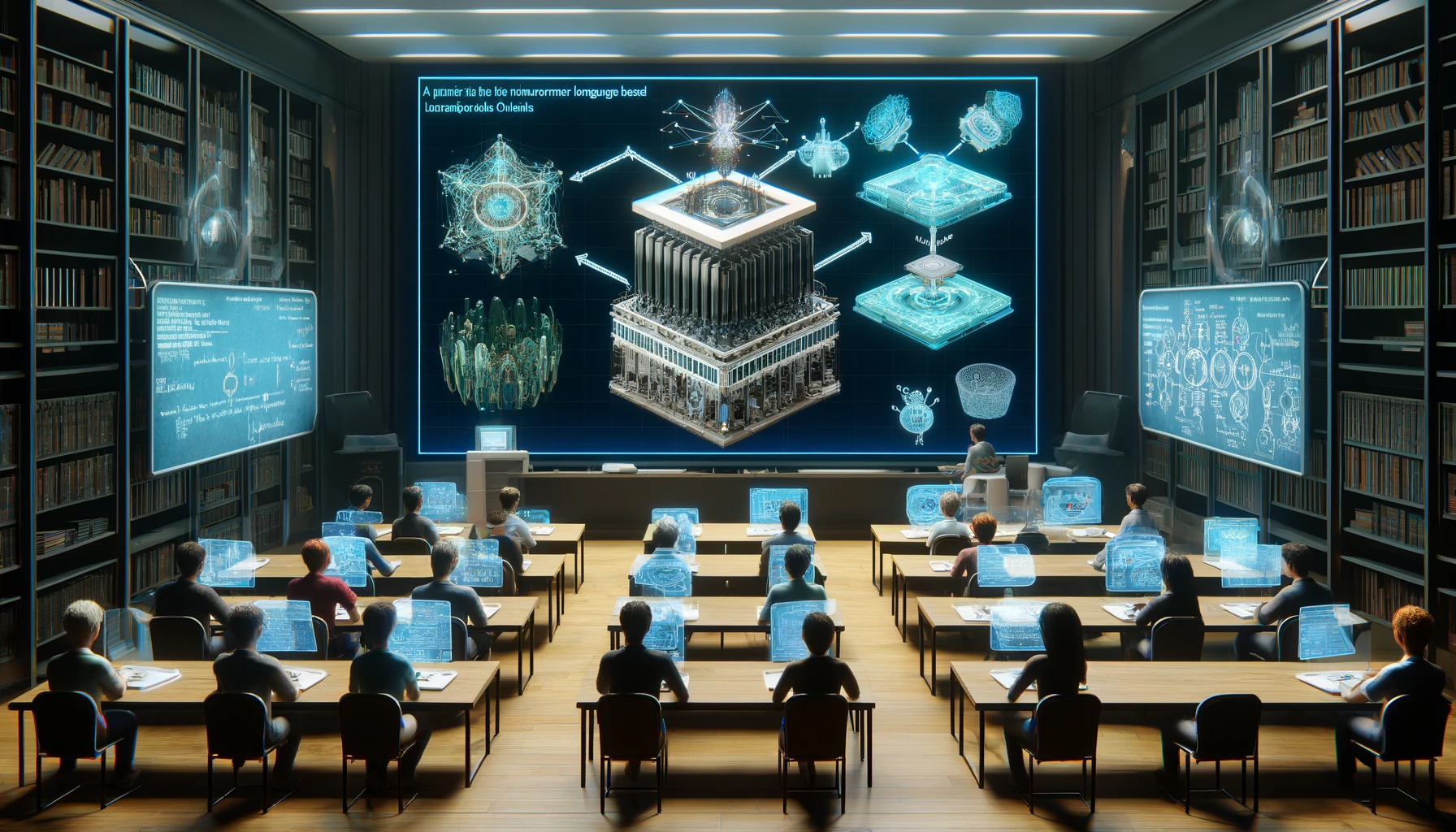Key Points
1. Transformer Language Models: The article discusses the Transformer-based language models and their widespread utilization, emphasizing the need to understand their inner mechanisms for ensuring model safety, reducing bias, and driving model improvements.
2. Components of a Transformer Language Model: The article describes the components of a Transformer language model, including the Transformer layer, attention mechanisms, and the linear representation hypothesis, which suggests that features are encoded as linear subspaces of the representation space.
3. Interpretability Techniques: The article outlines various interpretability techniques used in language models, such as input attribution methods, gradient-based input attribution, and perturbation-based input attribution. It also discusses the limitations of these methods and proposes alternative approaches for decoding information from the model's representations.
4. Causal Interventions: The article introduces causal interventions as a method for understanding the contributions of model components to predictions. It covers techniques such as activation patching, context mixing, and causality tools for shedding light on the contribution of each model component across different positions.
5. Probes and Sparse Autoencoders: The article explains the use of probing techniques to analyze the internal representations of neural networks and the application of sparse autoencoders (SAEs) for extracting interpretable and monosemantic features from the model's representations.
6. Gated Sparse Autoencoders (GSAEs): The article introduces Gated Sparse Autoencoders as an improved architecture for promoting sparsity and feature detection in the model's representations, addressing the issue of shrinkage and achieving a Pareto improvement over standard SAE architectures.
7. Decoding Intermediate Representations: The article discusses the logit lens and translators as techniques for decoding information within the intermediate representations of a model, allowing for the analysis of information encoded about vocabulary tokens.
8. Patchscopes: The article introduces the Patchscopes framework, which generalizes patching to decode information from the model's intermediate representations.
Reference: https://arxiv.org/abs/2405.002...
